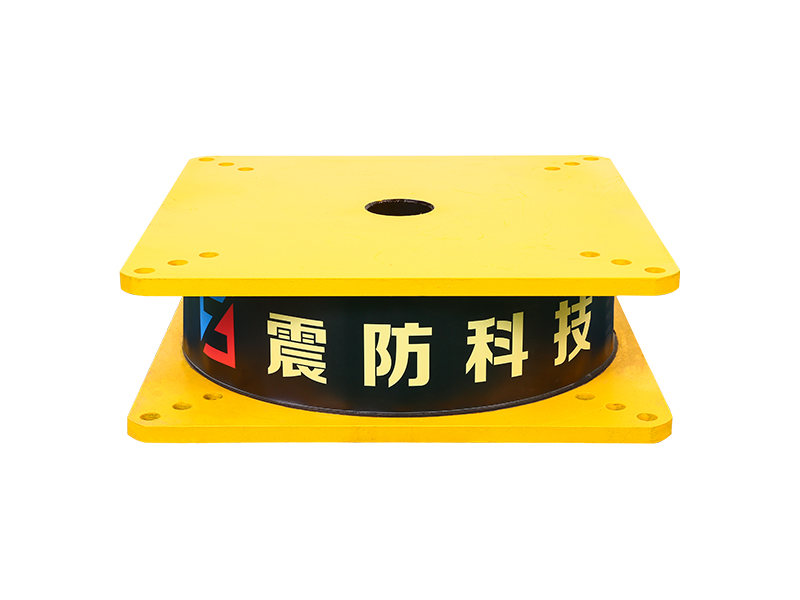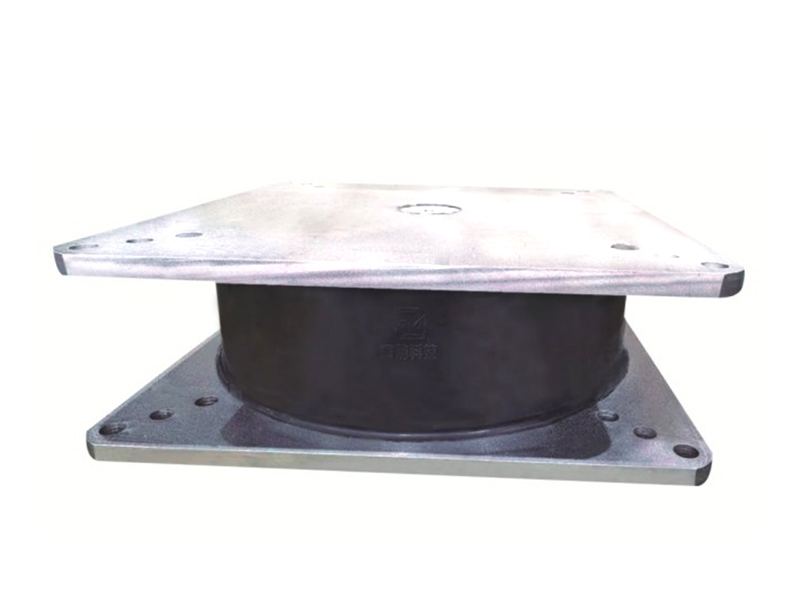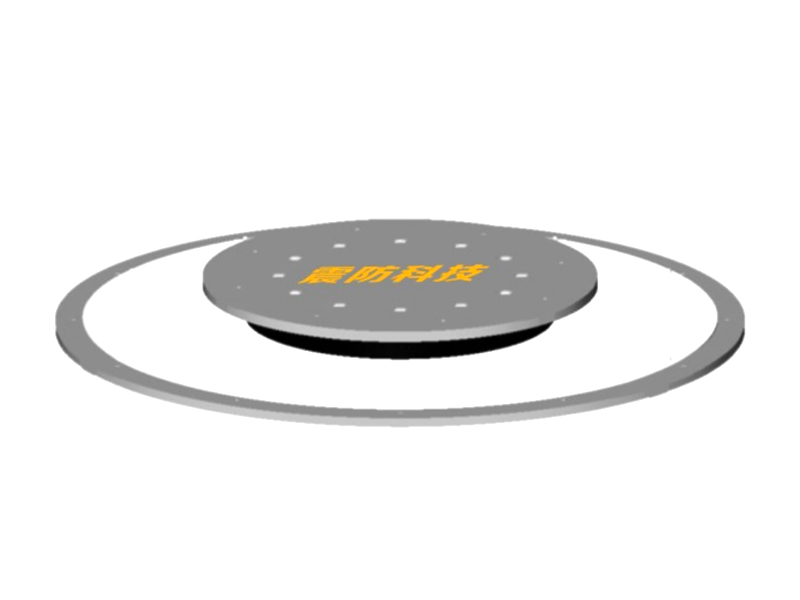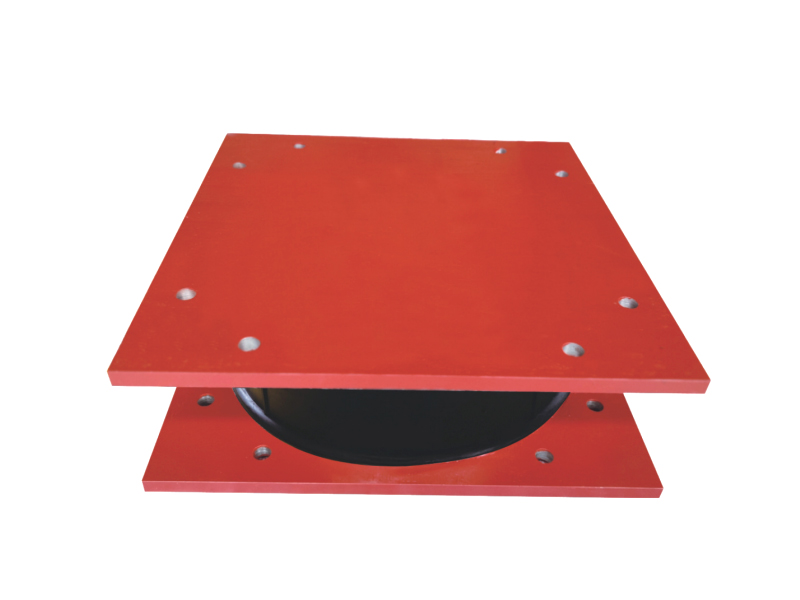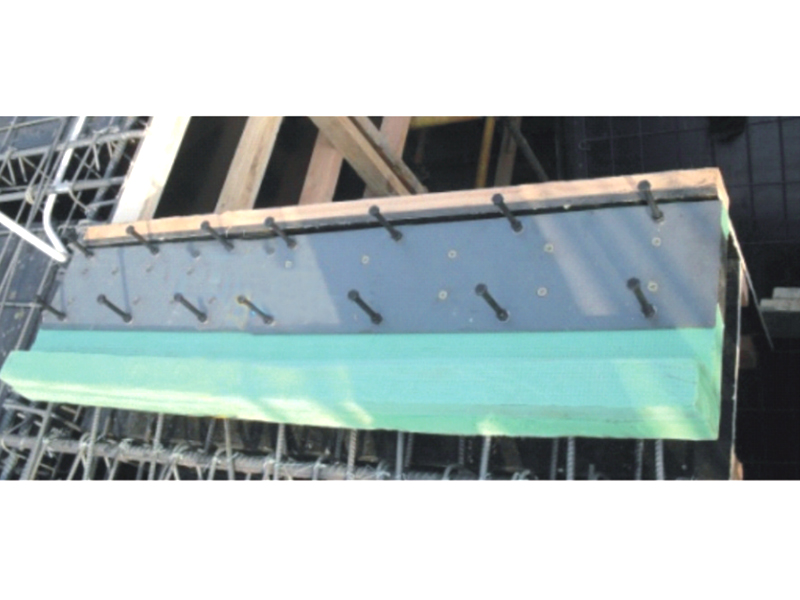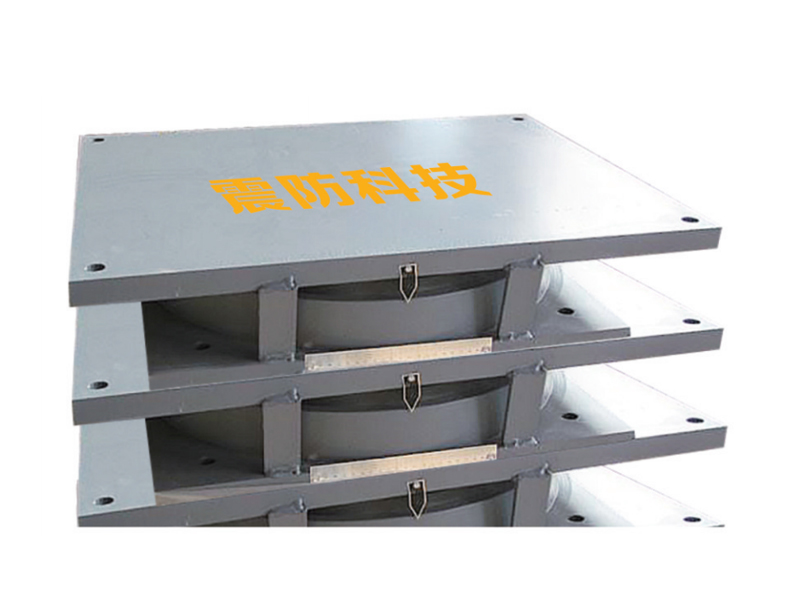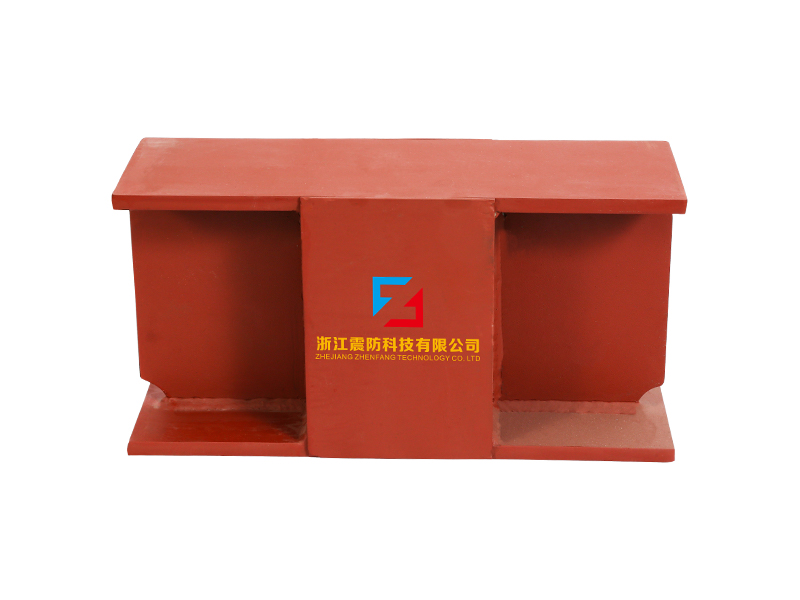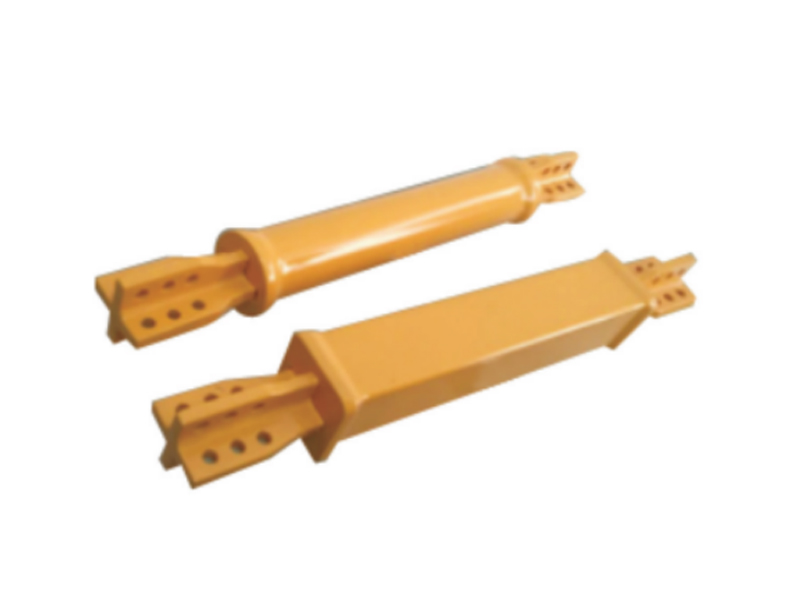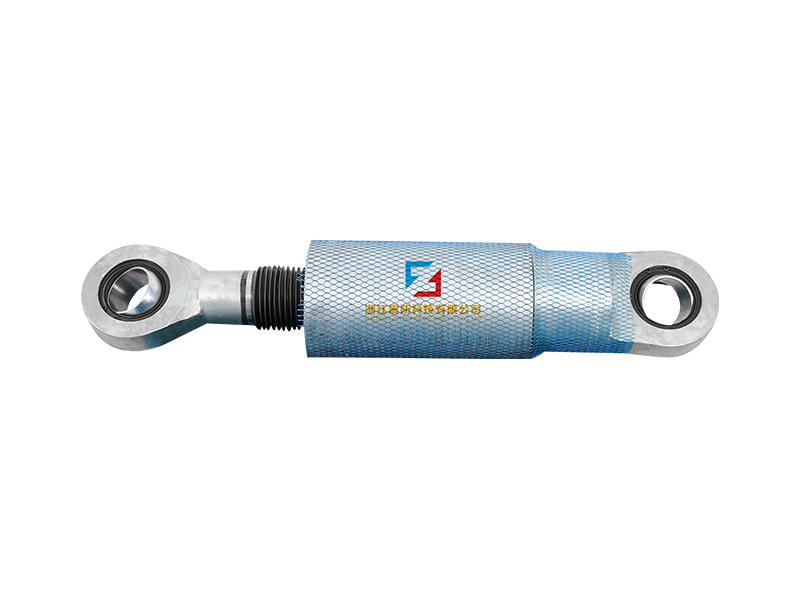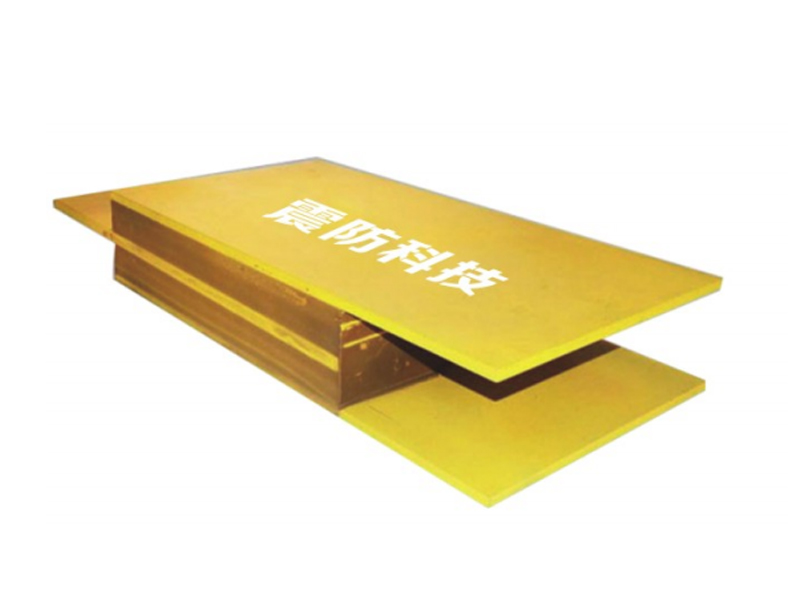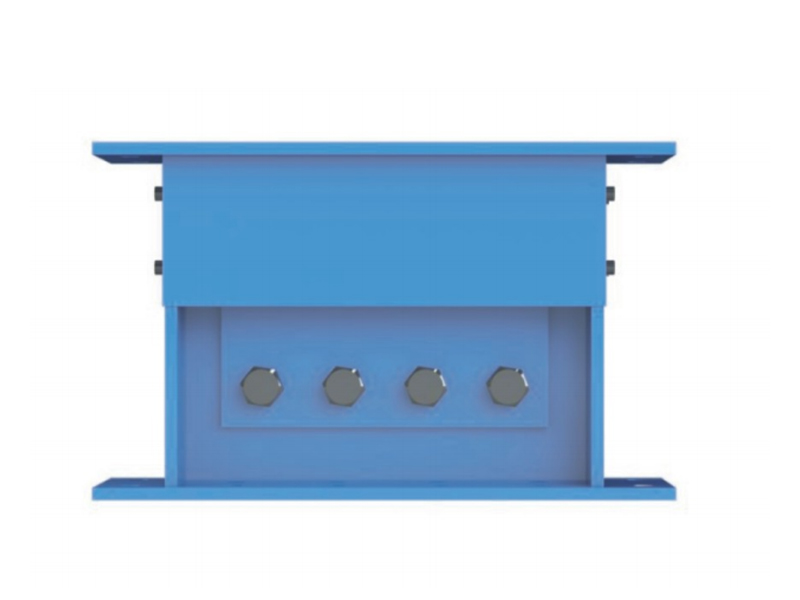The company has been adhering to the corporate tenet of "quality first, customer first", and sincerely welcomes domestic and foreign customers to visit and guide.
GET A QUOTEIn a significant advancement for infrastructure engineering, the Linear Structural Elastomeric Natural Rubber Bearing is becoming a crucial component in the construction of bridges, buildings, and seismic-resistant structures. This innovative bearing solution is proving to be a innovator, offering good durability, flexibility, and resilience in a variety of demanding environments.
The Linear Structural Elastomeric Natural Rubber Bearing is engineered from layers of natural rubber reinforced with steel plates, allowing it to accommodate both vertical loads and horizontal movements caused by thermal expansion, seismic activity, or vehicular forces. Unlike traditional bearings, which may degrade under harsh conditions, this type of elastomeric bearing offers good longevity and performance with little maintenance.
Rising Adoption in Bridge Construction
One of the primary usage scenarios for the Linear Structural Elastomeric Natural Rubber Bearing is in bridge construction. These bearings are typically installed between the bridge deck and its piers or abutments. Their ability to absorb vibrations and accommodate movements makes them essential for maintaining the structural integrity of long-span bridges, particularly in regions prone to seismic events or temperature fluctuations.
According to a 2024 report by the International Association for Bridge and Structural Engineering (IABSE), over 60% of new bridges in Asia-Pacific now incorporate Linear Structural Elastomeric Natural Rubber Bearings due to their reliability and cost-effectiveness. Their role is especially prominent in countries like Japan and Indonesia, where earthquake resistance is a mandatory design consideration.
Expanding Use in High-Rise Buildings
Beyond bridges, Linear Structural Elastomeric Natural Rubber Bearings are finding increasing applications in high-rise construction. These bearings are used to isolate the superstructure from the substructure, helping buildings remain stable during ground movement. Architects and structural engineers are now integrating these bearings into the foundations of skyscrapers and critical facilities like hospitals and data centers.
“The application of Linear Structural Elastomeric Natural Rubber Bearings in tall buildings represents a shift in how we design for resilience,” says Dr. Amanda Chen, a structural engineering professor at the National University of Singapore. “By allowing controlled movement and energy dissipation, we can better protect buildings and occupants during seismic events.”
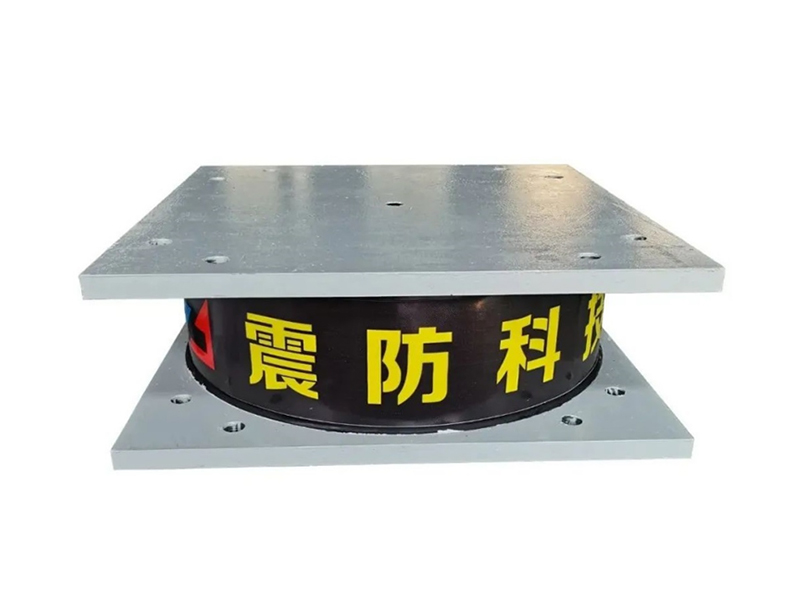
Infrastructure Resilience in Seismic Zones
Seismic base isolation is another scenario where the Linear Structural Elastomeric Natural Rubber Bearing demonstrates its value. In earthquake-prone regions such as California, Turkey, and Chile, these bearings are integrated into the foundations of structures to isolate them from ground motion. The natural rubber’s inherent flexibility allows the building to sway safely while dissipating energy, reducing structural damage and risk to human life.
Recent retrofit projects in Turkey, for example, have involved replacing older mechanical bearings with modern Linear Structural Elastomeric Natural Rubber Bearings in public buildings, including schools and government offices. These upgrades have been crucial for compliance with new seismic codes introduced after the 2023 earthquake.
Environmental and Economic Benefits
Manufactured from natural rubber—a renewable resource—Linear Structural Elastomeric Natural Rubber Bearings offer environmental advantages over synthetic alternatives. They are also more economical in the long term due to their low maintenance requirements and extended service life.
The lifecycle cost of infrastructure using Linear Structural Elastomeric Natural Rubber Bearings is reportedly 20–30% lower than that of traditional systems, according to industry studies. Their performance in high-moisture, high-traffic environments also reduces the likelihood of early wear and replacement, further adding to their appeal among project developers.
Future Outlook
With global infrastructure investment projected to exceed $94 trillion by 2040, the demand for durable and sustainable solutions is at an all-time high. The Linear Structural Elastomeric Natural Rubber Bearing is well-positioned to meet this demand. Manufacturers are now focusing on enhancing the load-bearing capacity and temperature tolerance of these bearings to expand their use in climates and specialized structures.
